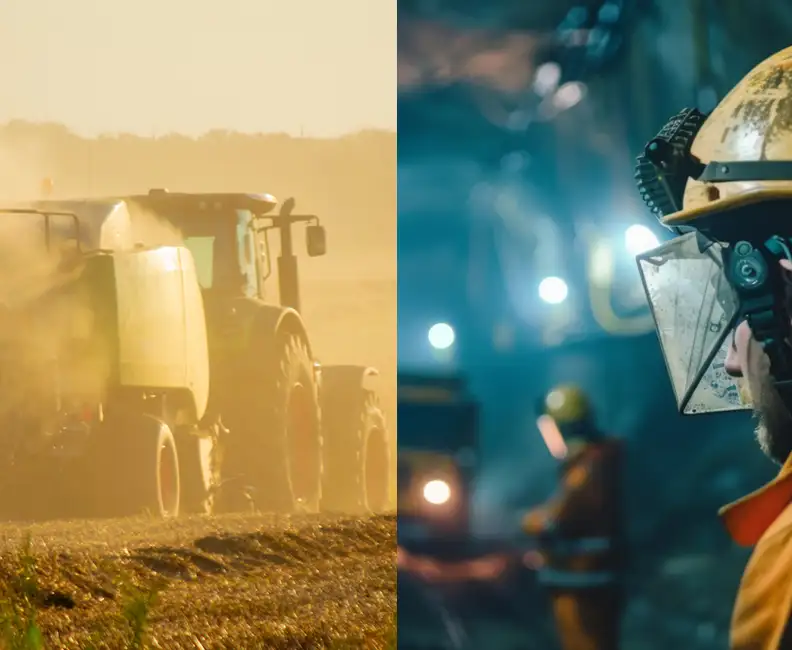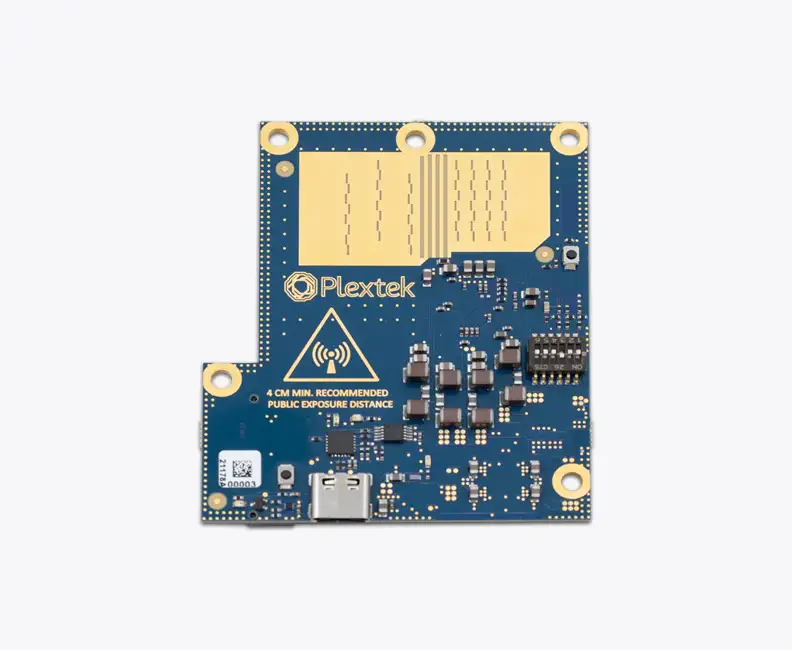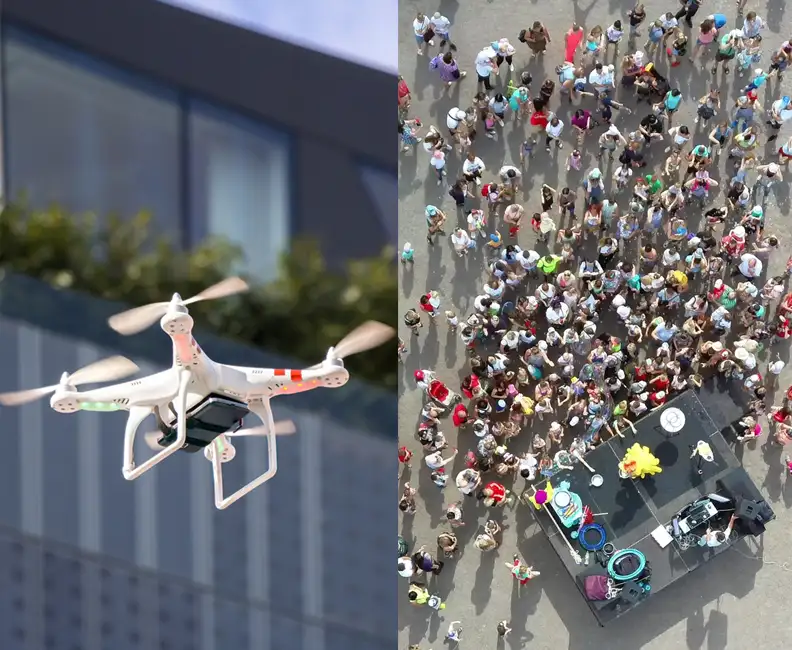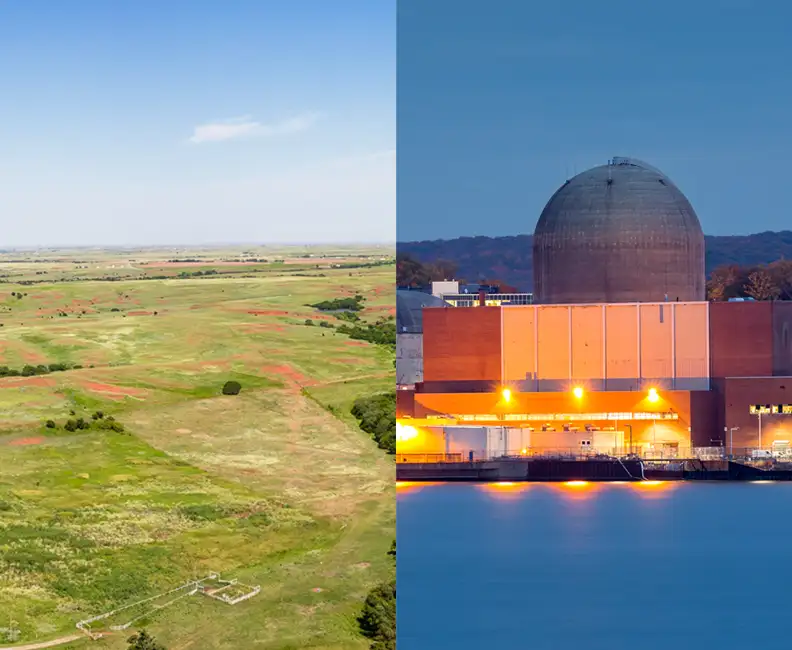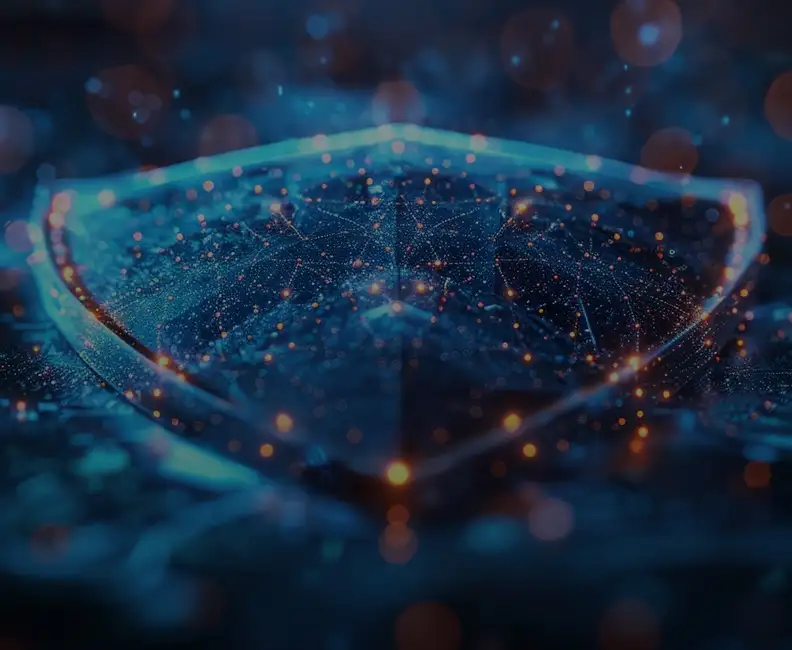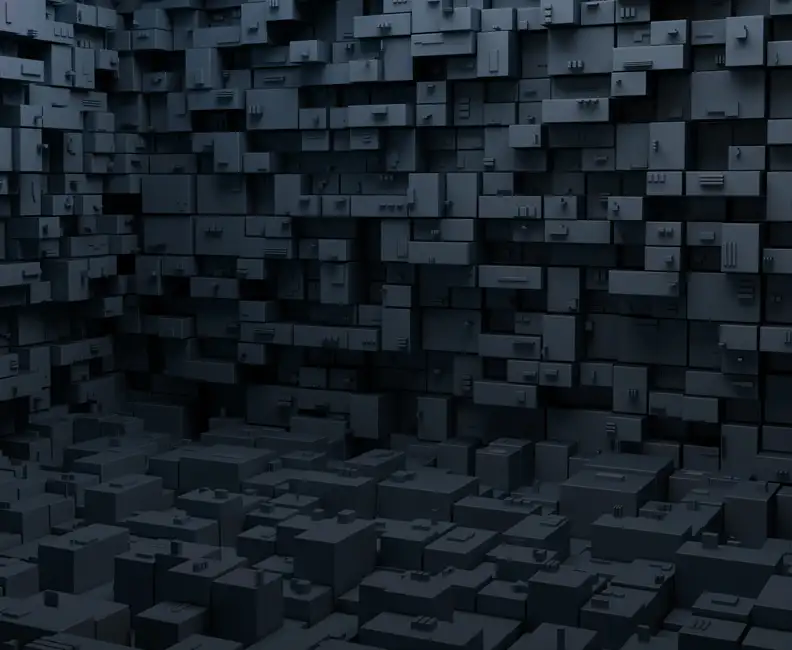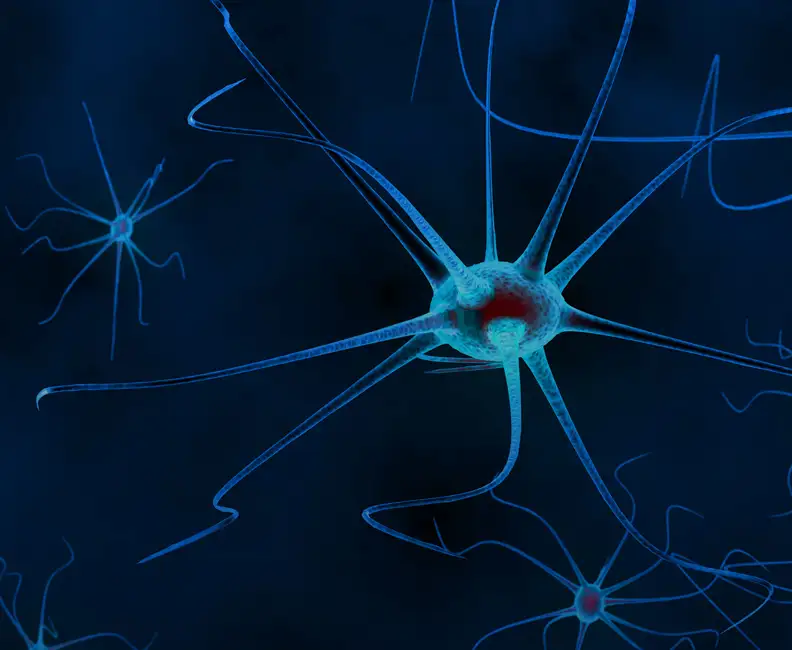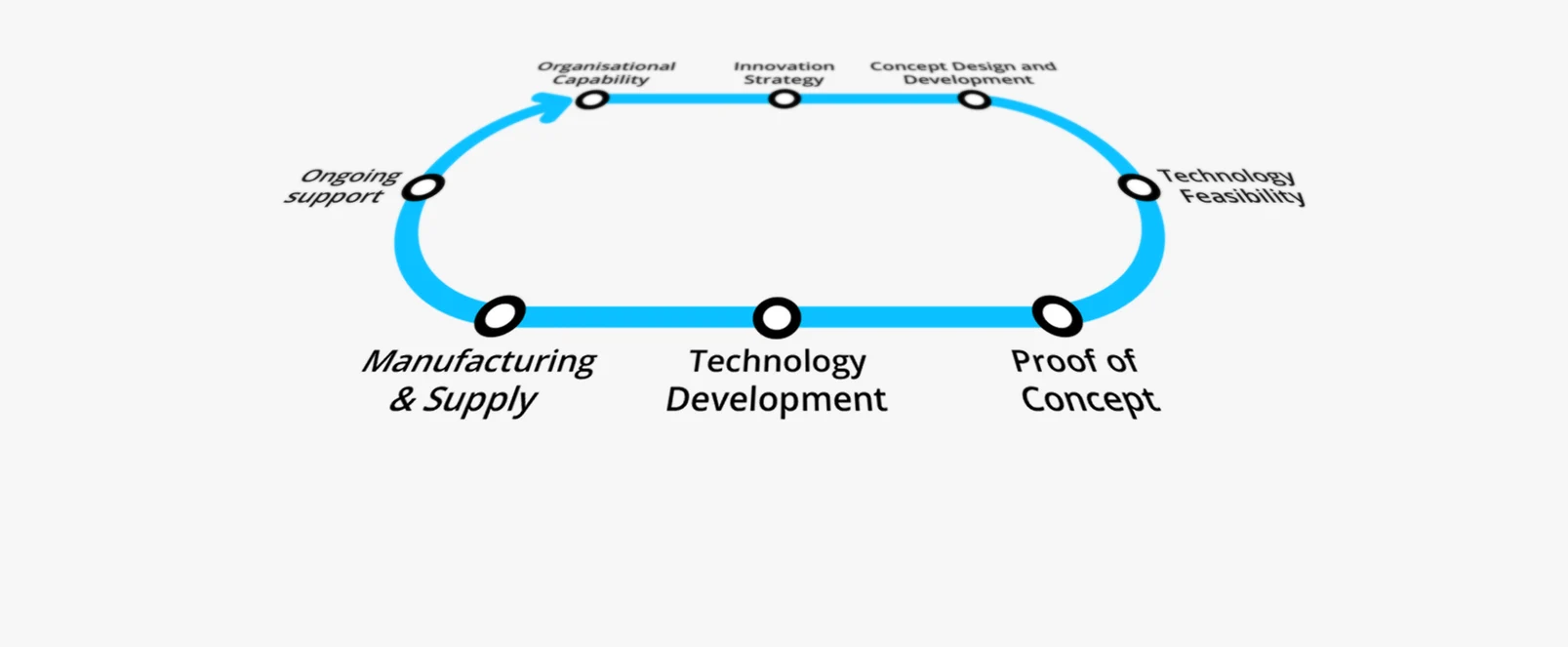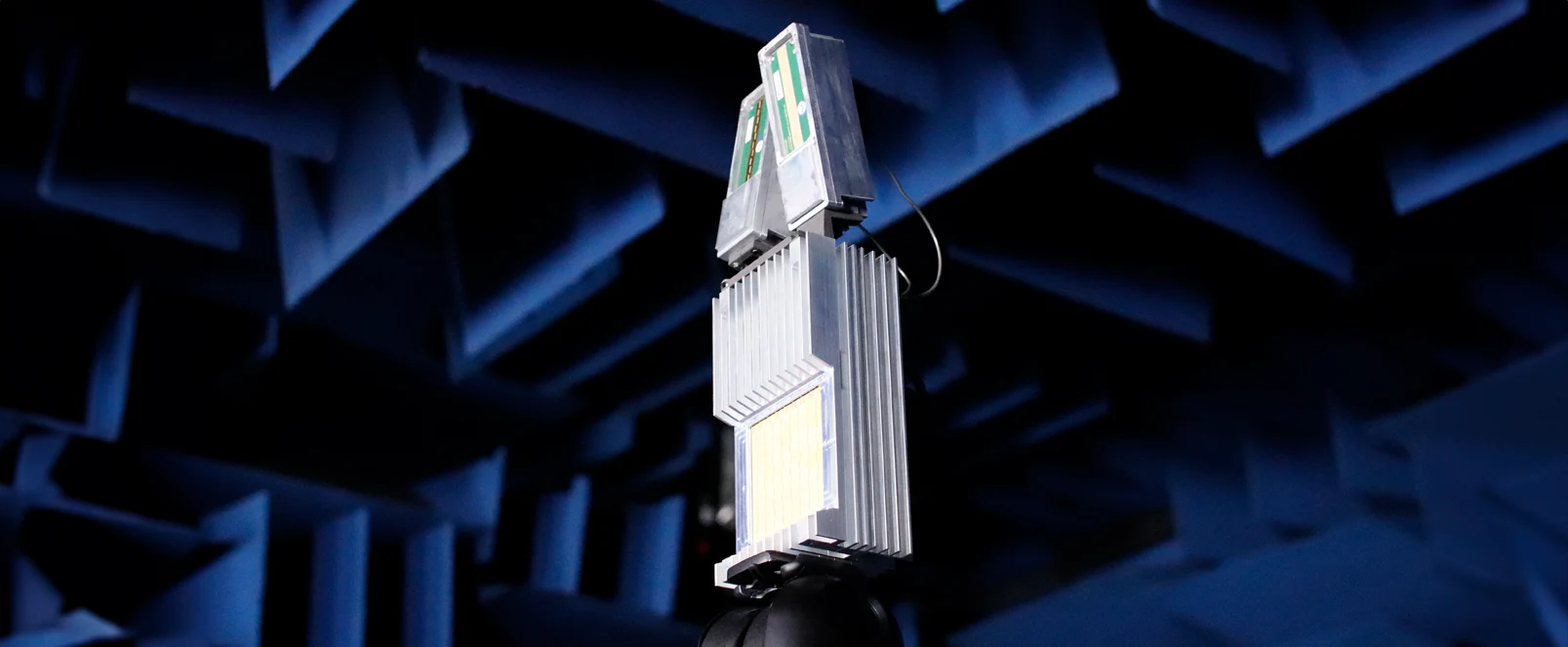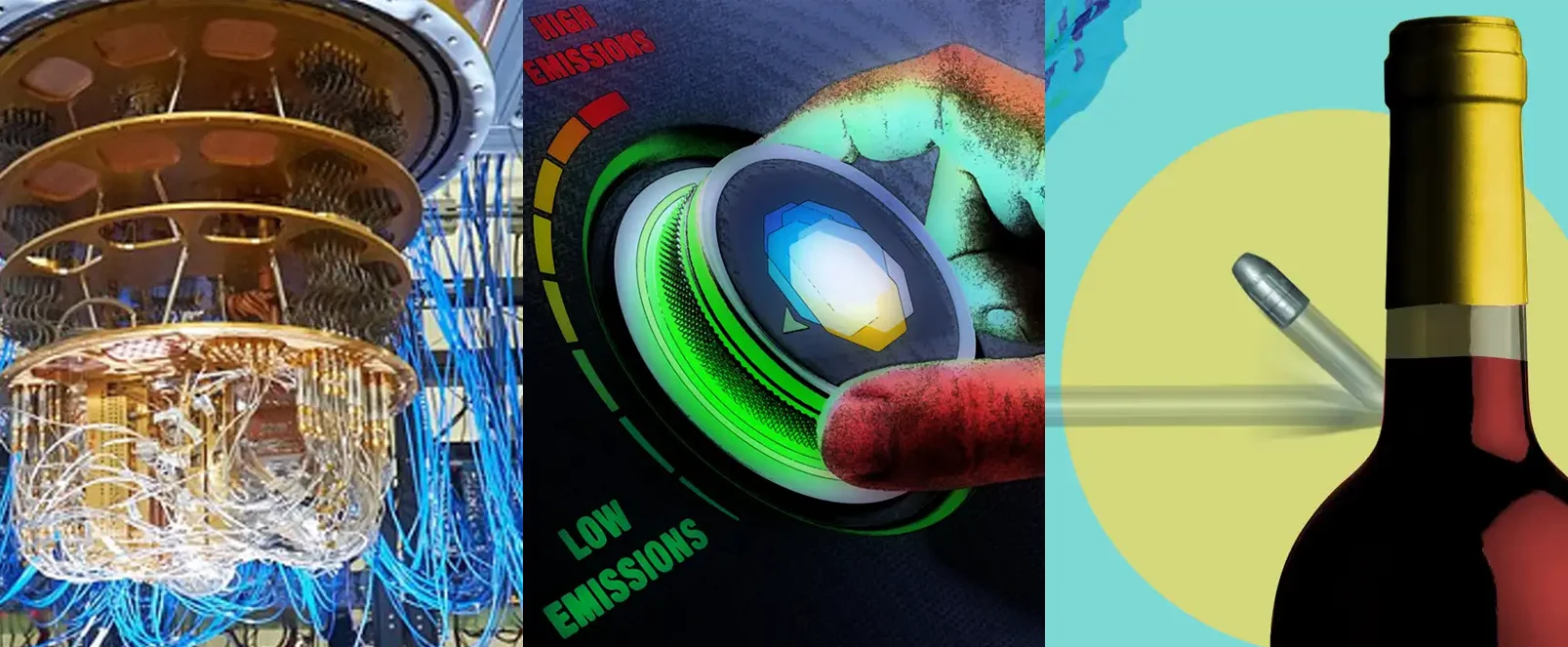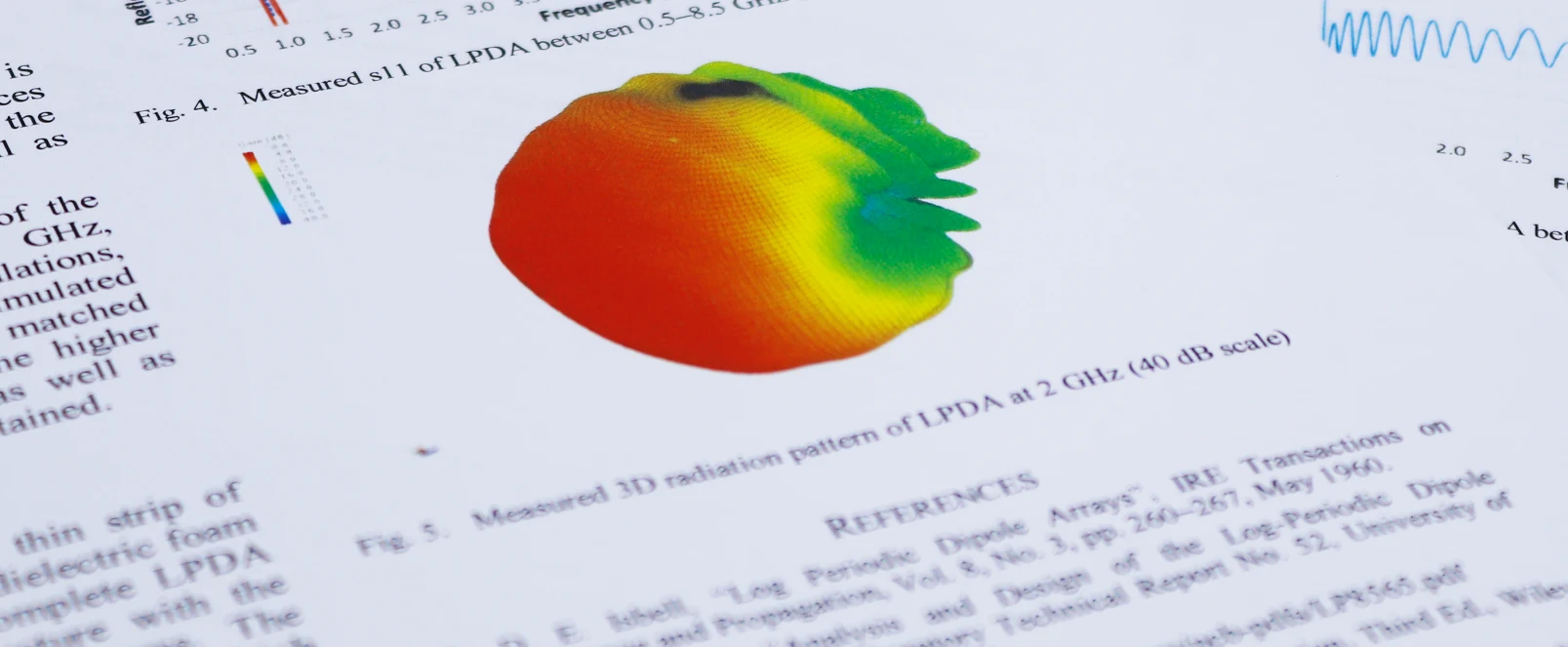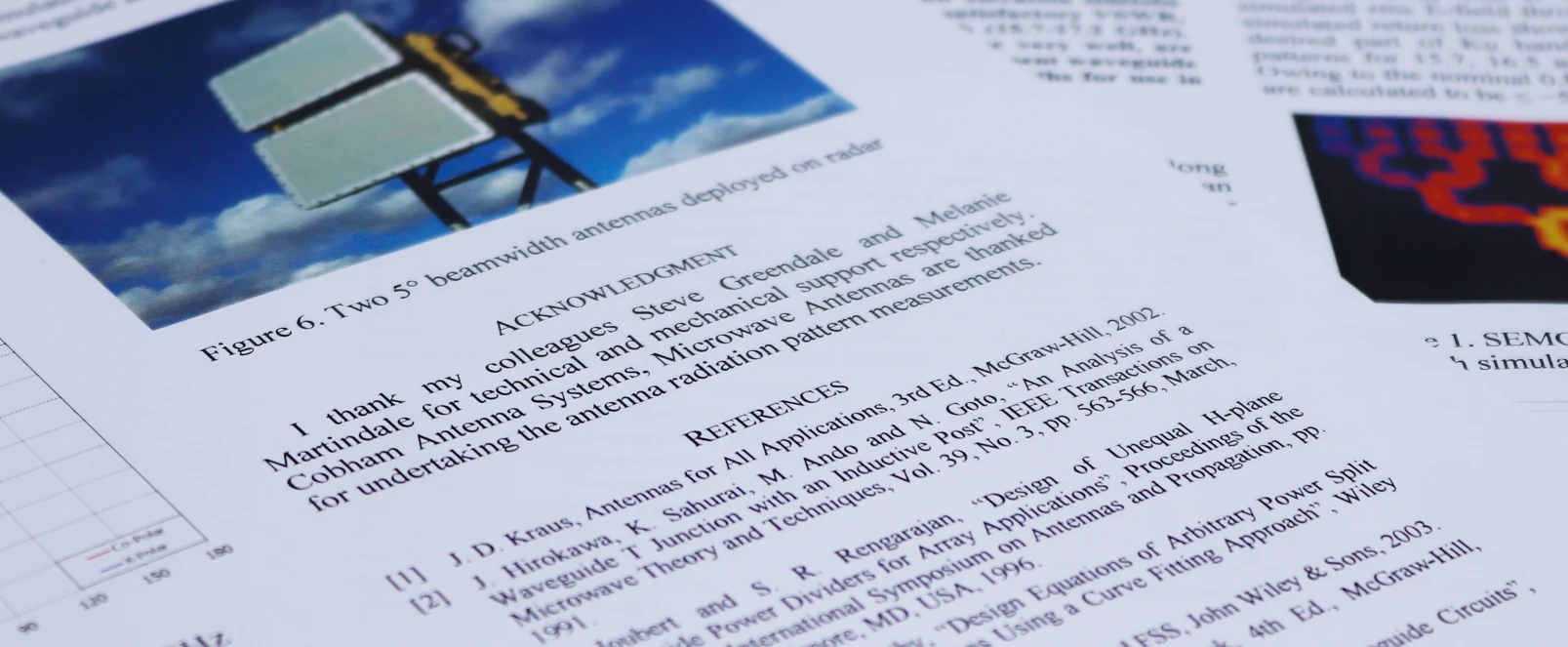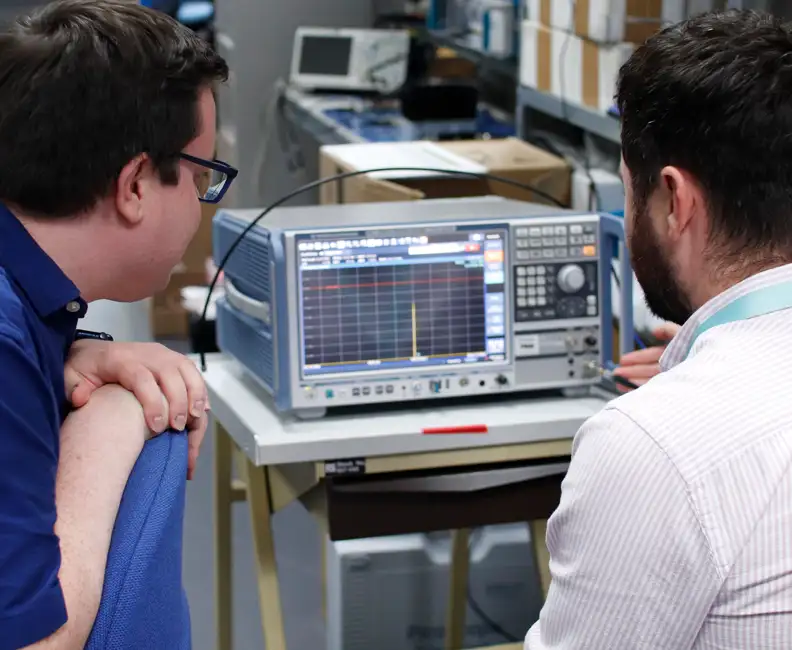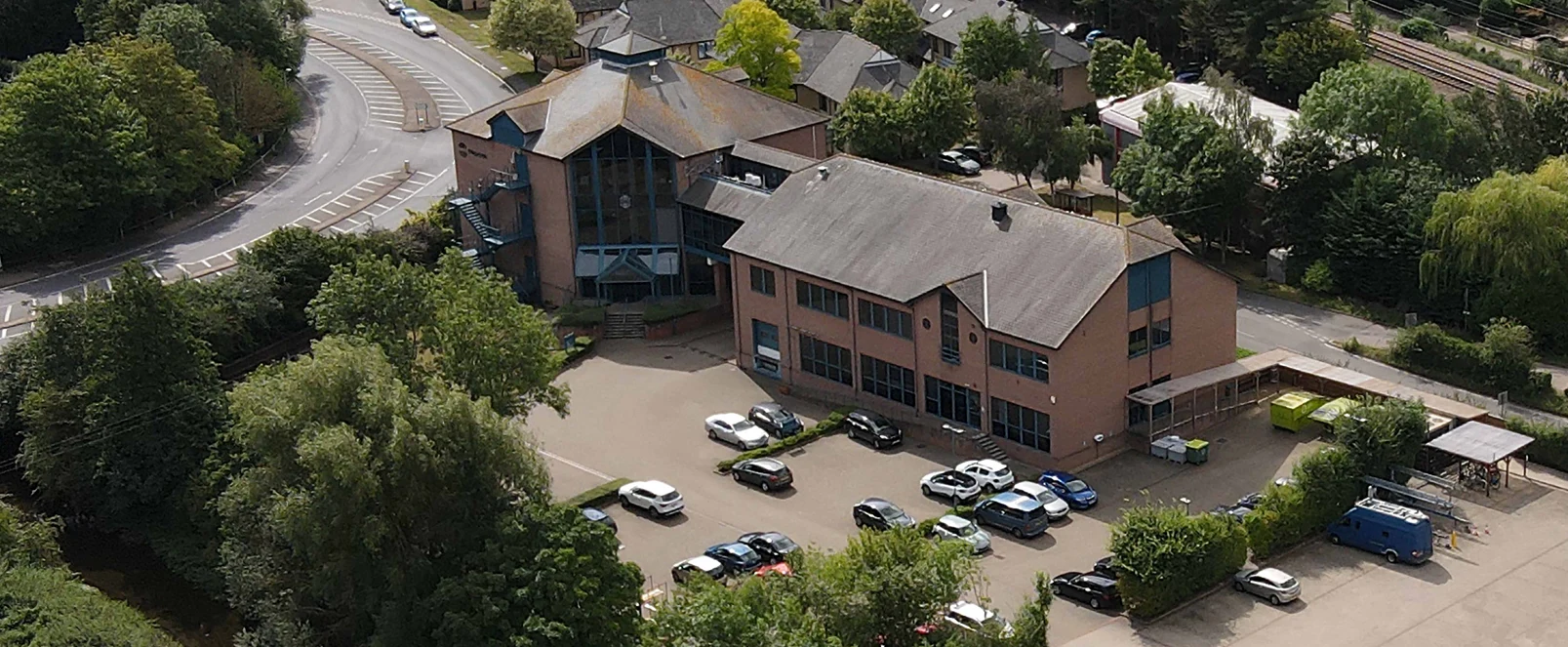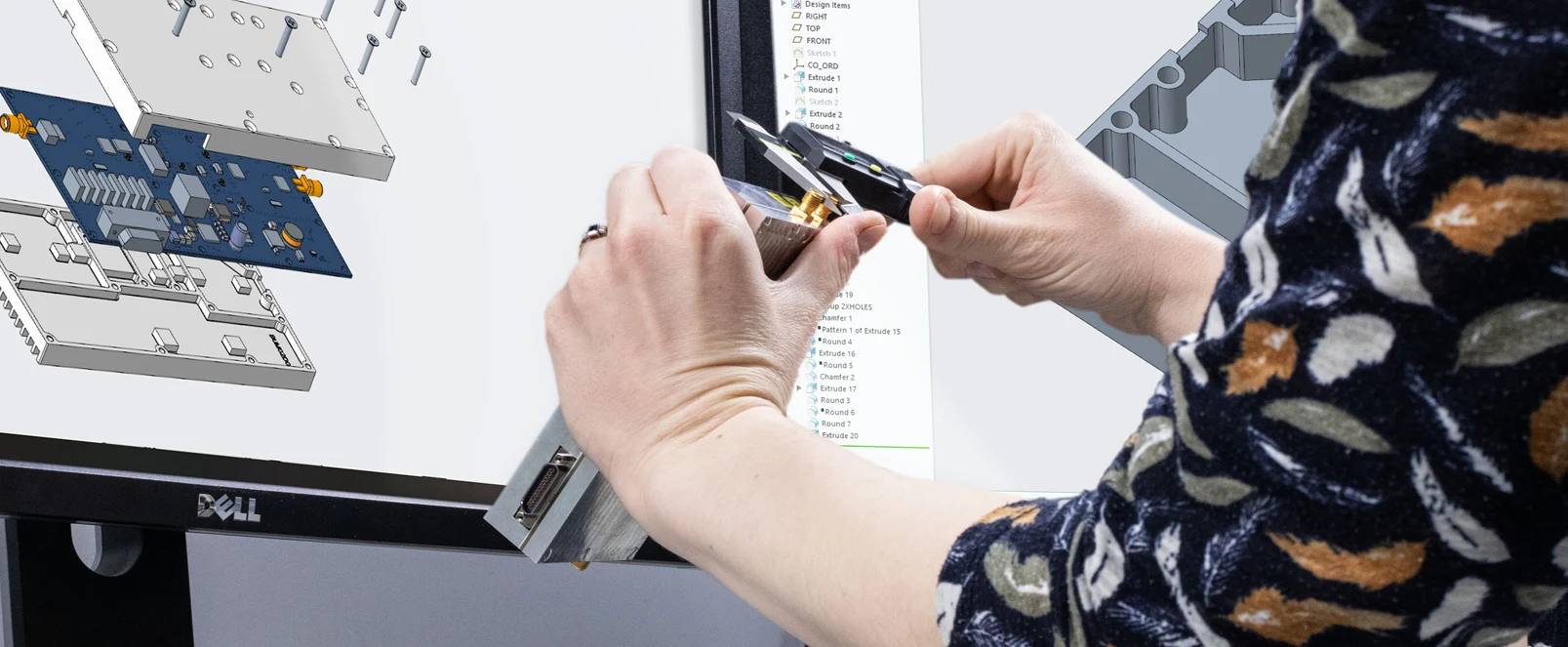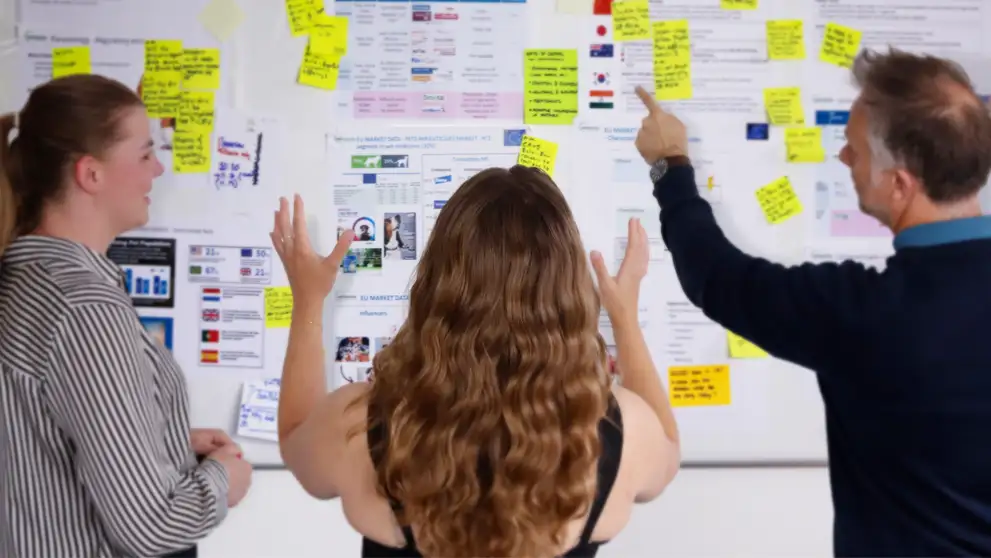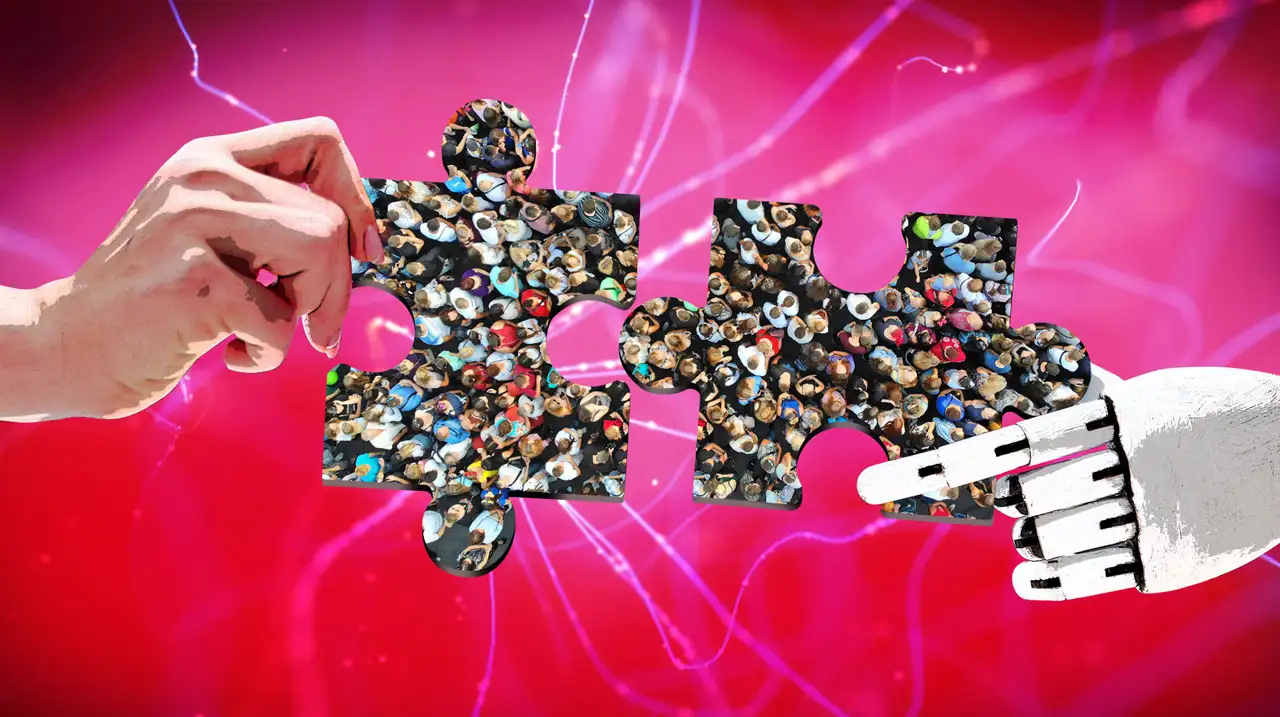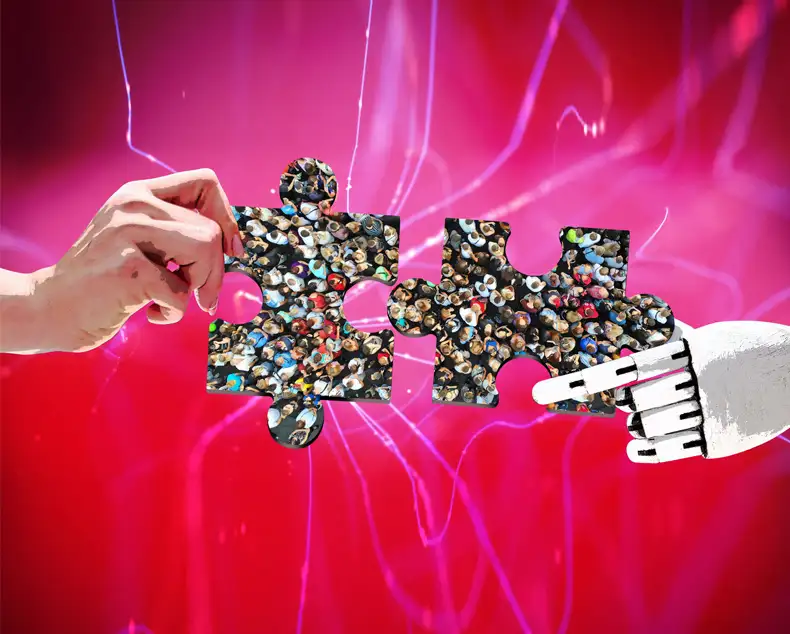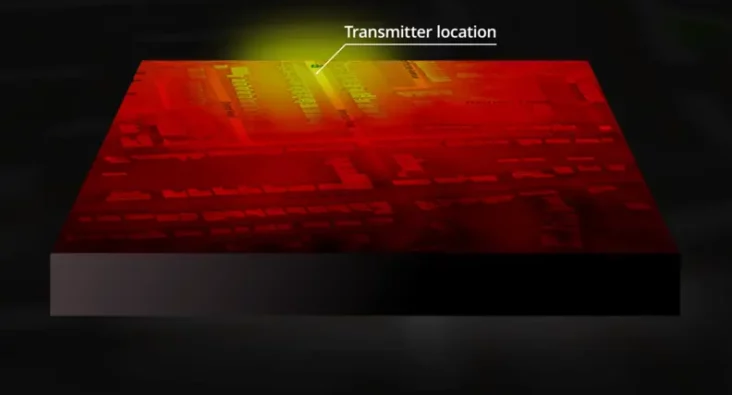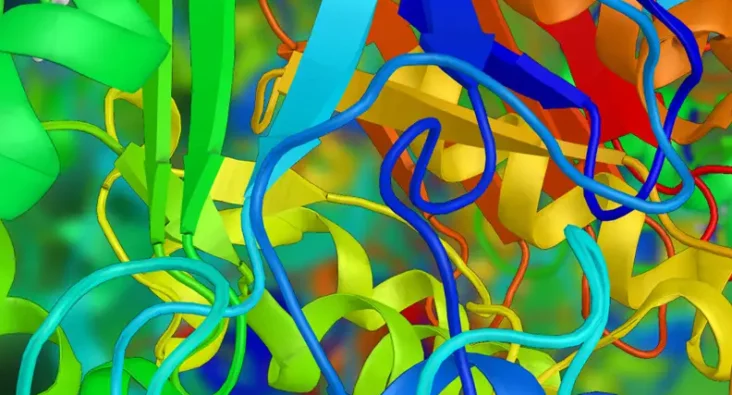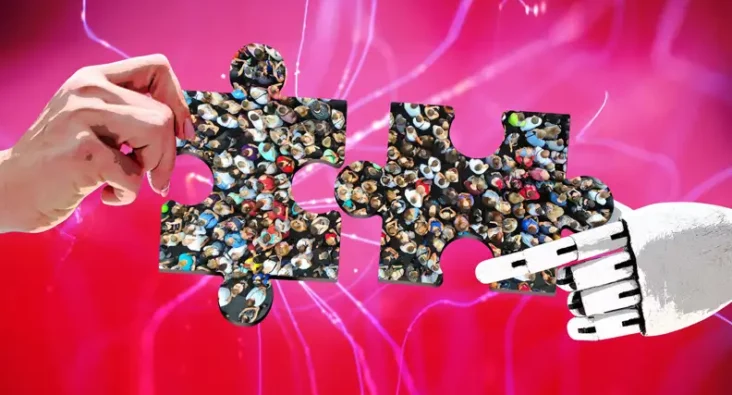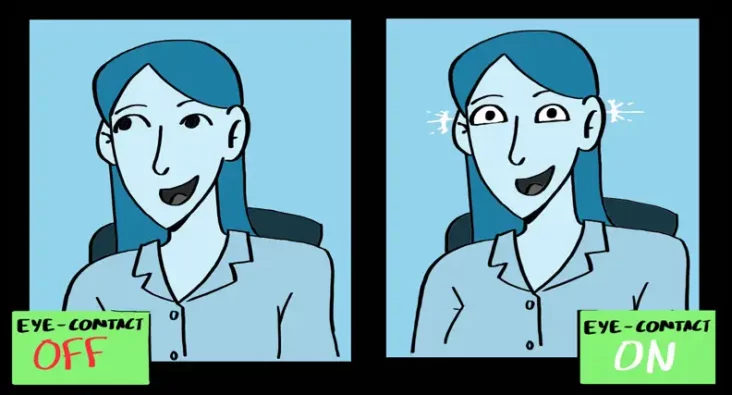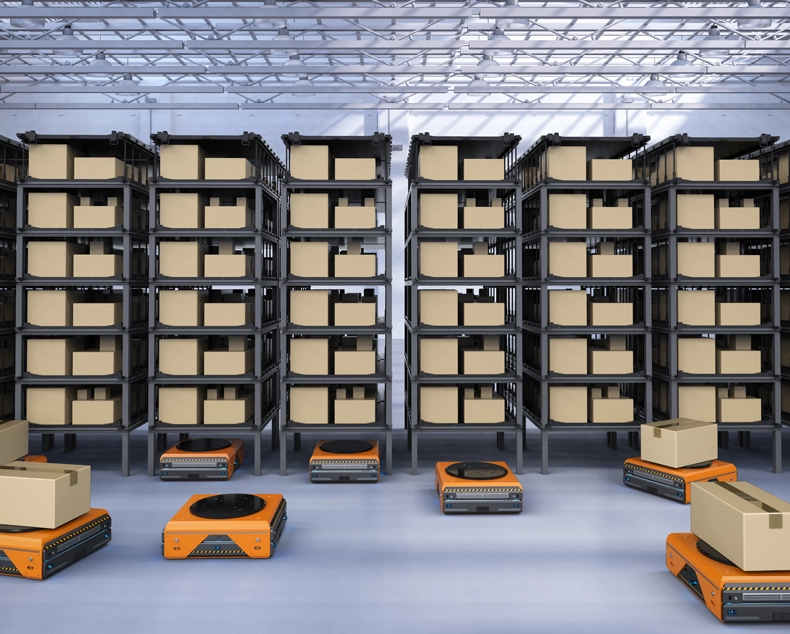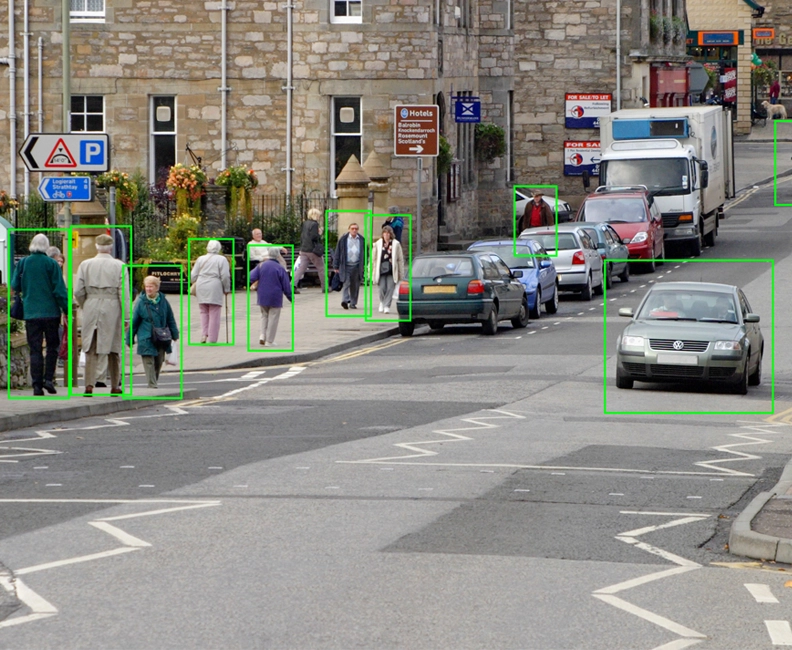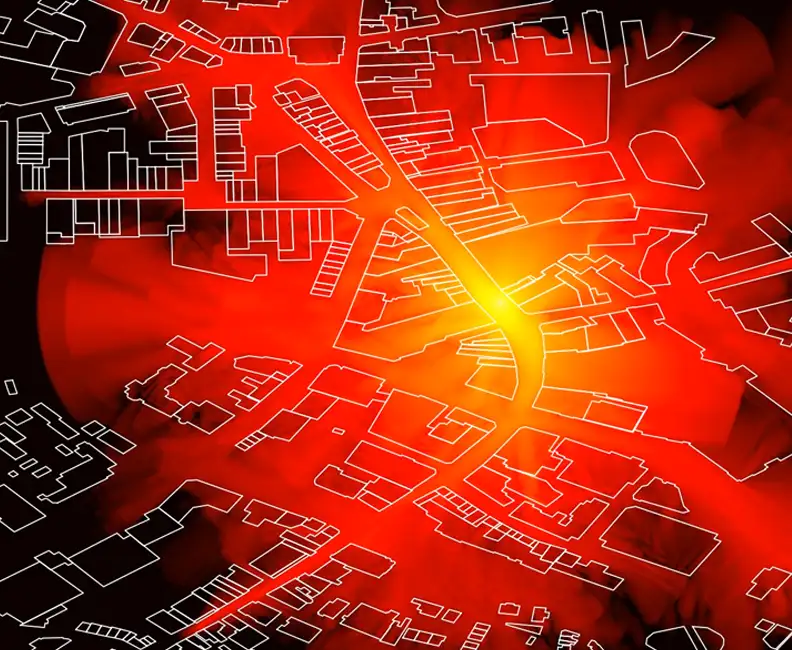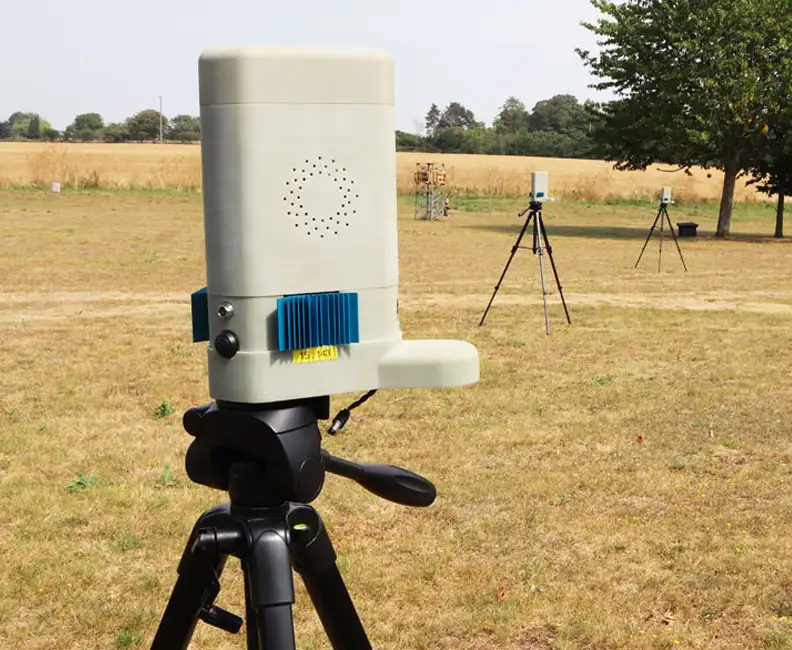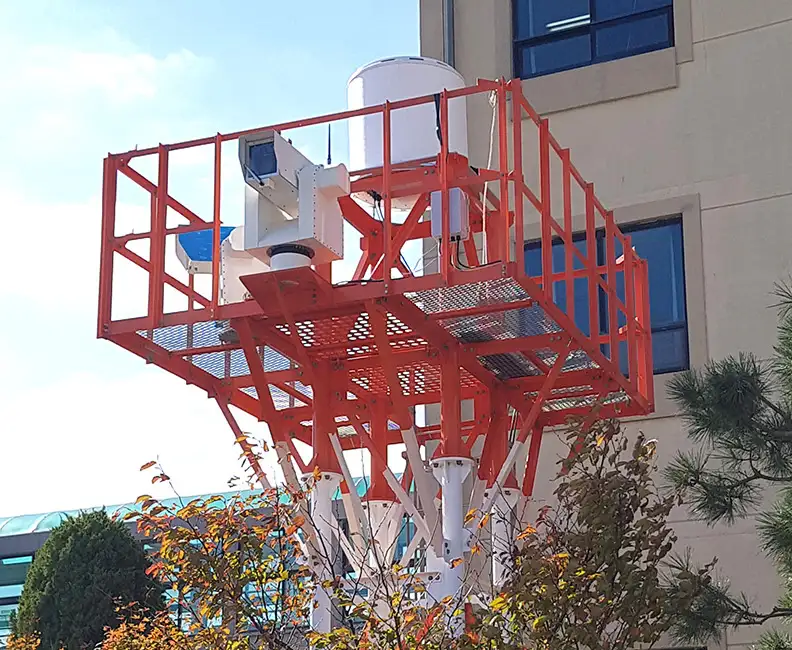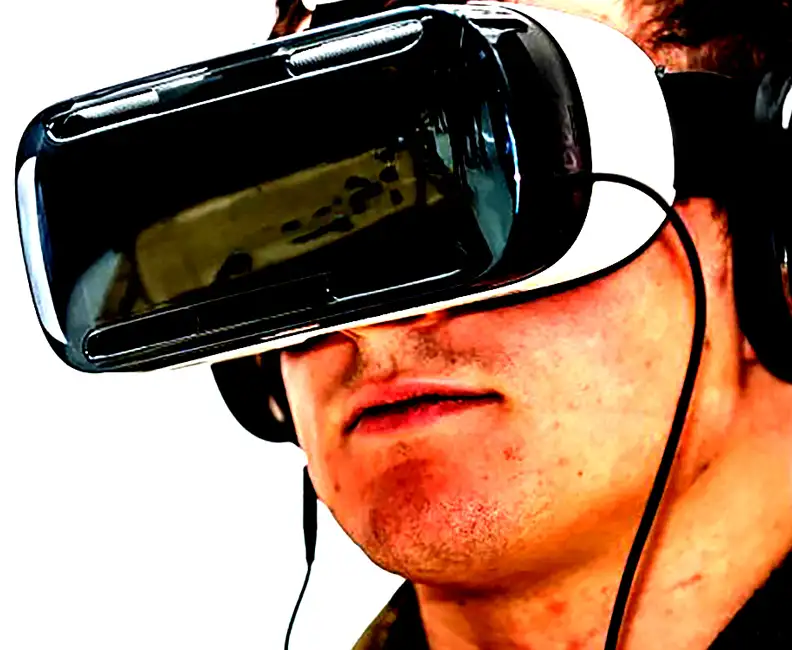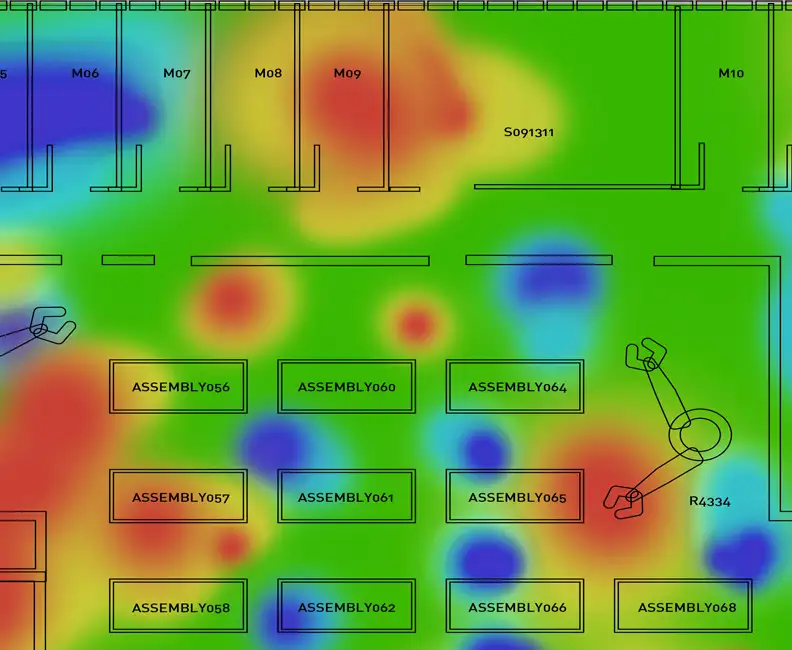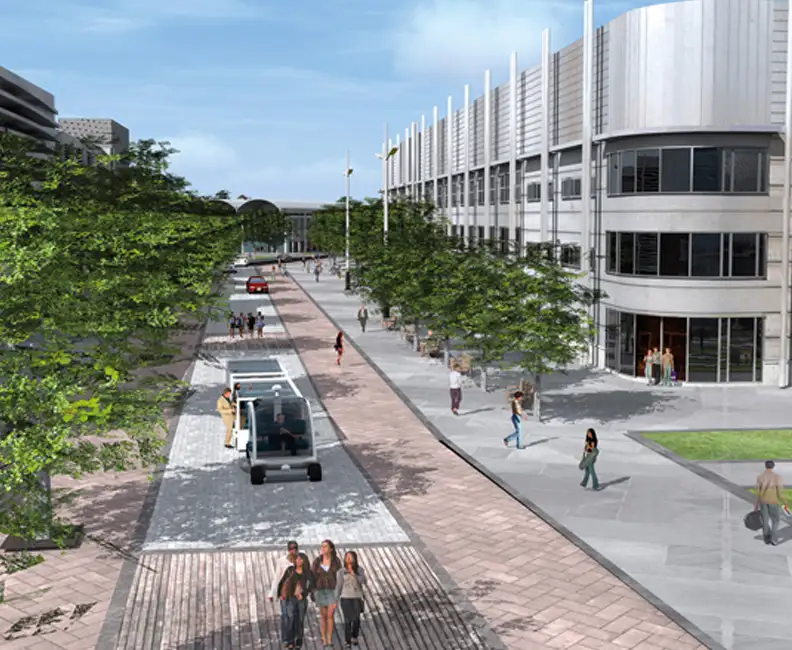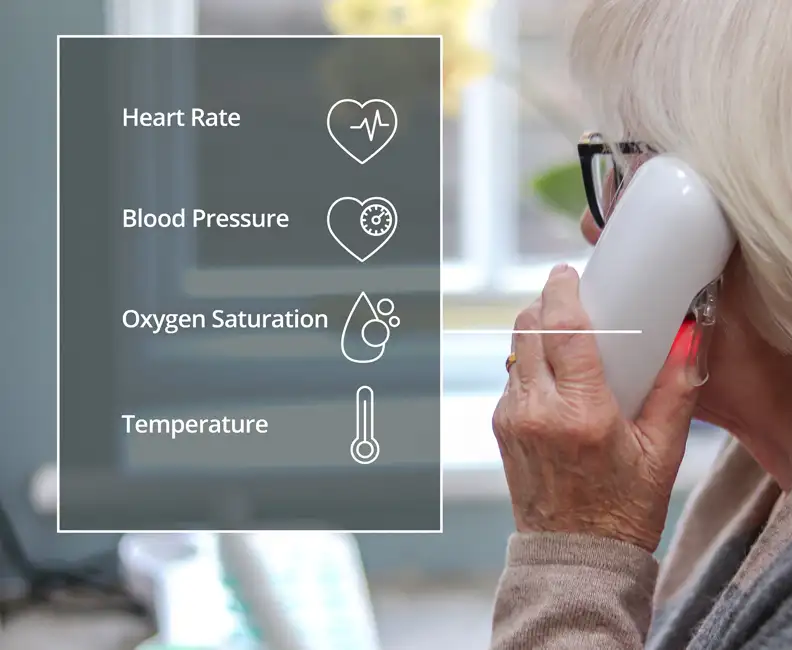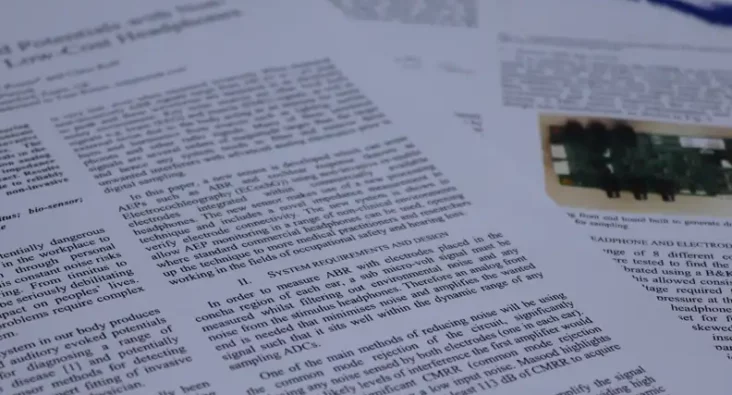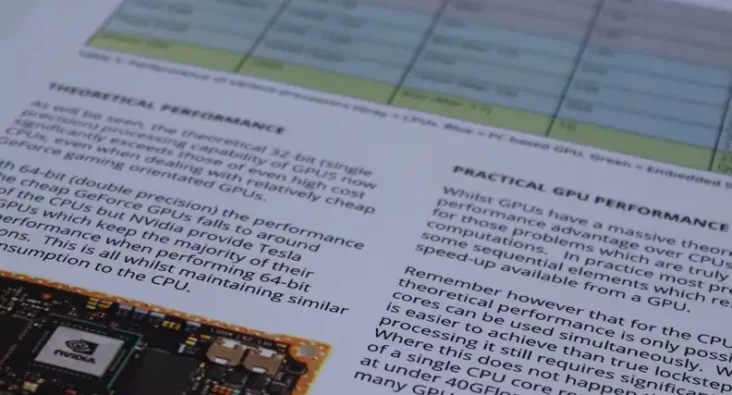Human Problem Solving in the AI-era
Artificial Intelligence is being used all around us. It is being used by everything from the control of traffic flows through cities to the logistics of multinational companies. As with many automation technologies we’re commonly familiar with, the way it expresses itself is that it takes a task which is time consuming, difficult, or dangerous, and simplifies it for the human operator.
The washing machine did not totally erase the need for humans in the process of laundering clothes. What it did do was change the process. Rather than a human doing laborious tasks repetitively, the machine just required sorting of clothes by colours and types and the configuration of settings. It eradicated most of the physical aspect of the job, but still meant that we had to pay close attention to where the process could go wrong. A simple but perfect analogy for the use of AI.
There is a danger when trying to allow AI to take over 100% from a human. A pilot who flies a plane rather than relying on the autopilot, will be honing their skills, and utilising their training. In the rare situation where an error occurs when the plane is on autopilot, the human pilot will need to be alert and ready to assume full control. Whilst the prospect of making every job or task easier and more efficient using AI can be exciting and tempting, it is important we don’t forget about the training and work that goes into fixing things if the machine goes wrong.
Interpretive AI’s, such as ChatGPT or Google Bard, are showing people the power of general use AI to greatly simplify varying aspects of their jobs and general lives. The use of these tools to organise thoughts, programming, and prose, into a way which seems natural and logical, but at a very low cost, will revolutionise many aspects of our lives. Therefore, as a tool it is extremely useful. However, just like the person who puts all their washing in the machine at 60°C and expects good results, there are pitfalls which need to be understood. Any programmer writing code using AI, will have to put even more focus on the inputs and outputs of the process, to thoroughly make sure the tool is coherent and suitable.
Smaller tasks are the ones that I see it having a massive impact on. Larger tasks usually are optimised by employing programmers and logistic managers already. They analyse the inefficiencies in a system, where people are doing repetitive tasks, and create systems which mean those tasks can be done by a machine or computer automatically. Smaller ad-hoc tasks however do not have the economic viability to put these big solutions in place. Therefore, the person needs to understand the issue, research solutions, and create a novel process. Otherwise, they just do the small task repetitively for as long as is required. Interpretive AI can quickly create solutions to these small tasks, greatly reducing the research and creation period.
The huge strides that I expect it to make, is to people who have not been trained in specific disciplines and expertise. Take for instance, Law. Law is a hugely complex area, where specific subtle wordings in contracts, or precedents from past cases, can have huge implications. Lawyers train for years to understand and organise their thoughts and prose to be valuable to their clients. However, they have also thankfully generated a huge amount of data. This data can now be analysed, such that lay-people could use an interpretive AI to analyse legal documents and be immediately alerted to certain issues which need addressing. A study revealed that ChatGPT can outperform most law school graduates on the bar exam, which is a 2-day test. Next time you receive a contract or NDA, the AI could analyse it for you to say where that wording has caused issues. Therefore, a lawyer’s job could be altered from having years of training and knowledge of prior cases, to checking assumptions and results quickly.
This is just one example, but clearly any trained intellectual discipline is at risk of being dramatically altered in the coming decade. Anything from medicine, engineering, statistical analysis, translators, graphic design, and many more are in the sights of AI. However, humans will still be required for these, even if the tasks undertaken change from one of process generation, to checking and testing the inputs and outputs. There is a chance we may choose to train less of these professions as a result, but that will be dependent on what value we put on different aspects of our society. Indeed, the fact we would be freeing up the parts of the workforce who have been highest educated, can only be a benefit as they utilise their learning to achieve greater benefits to themselves and society.
As people in the next few years start to realise what a huge impact this new tool will have on their profession, home-life and relationships with other people, it will be interesting to see the demographic who are open to the change compared to those who might need convincing. New dynamic organisations may take advantage of these AI tools to reduce their costs and improve their productivity. The scale up for tools which are not physical in nature are always in high demand, due to not having to create factories or distribution networks to get them into the hands of people. Therefore, these changes are going to happen fast. Better get ready.






